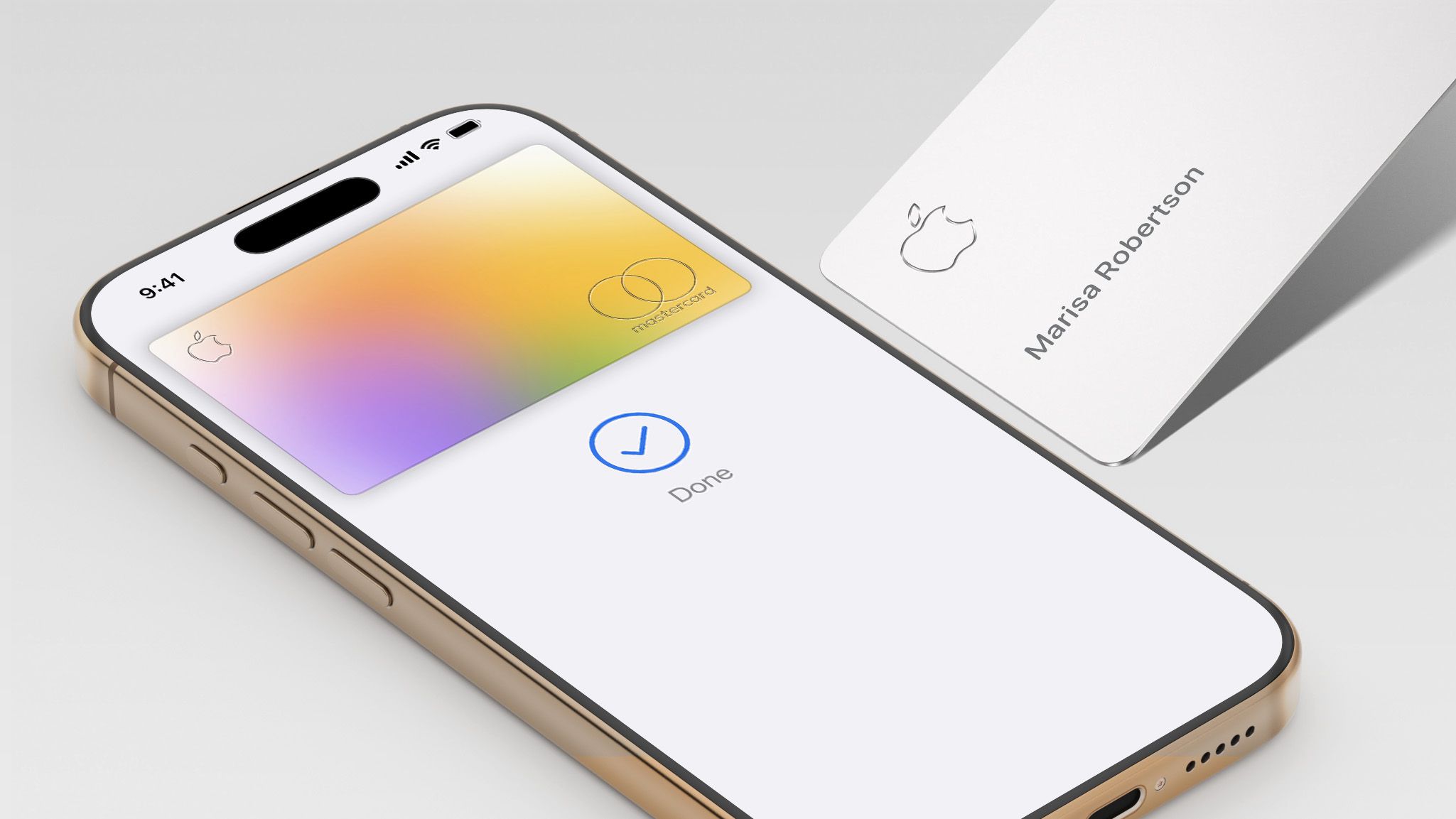Microsoft has helped revolutionise computing in the last 50 years, and not just by always finding new ways to do our heads in with Teams.
As well as making Bill Gates one of the world’s top billionaires and bogeymen, the company developed software that helped make personal computers a reality.
While Microsoft’s repertoire has evolved since then – it released Xbox, bought Nokia, and slicked-up its screen displays – some things have stayed remarkably the same since the first iteration of Microsoft Windows.
Five desktop apps have survived the chopping block from the release of Windows 1.0 in 1985 to the present day.
What better time to look back on them than the 50th anniversary of Microsoft, officially celebrated on April 4.
1. Calculator

The calculator’s functions have expanded from the basic additions, subtractions, divisions and multiplications of the OG version.
But its endurance is testament to the appeal applications that are both useful and adaptable.
Now it has four modes – standard, scientific, programmer, and graphing, along with tools to convert units of measurement and currencies.
Microsoft says: ‘It’s the perfect tool to help you complete your math homework, manage your finances, plot and analyze equations on a graph, and evaluate algebra, trigonometry, and complex math expressions!
2. Paint

Generations have spent hours – even days – drawing, colouring, designing logos, editing images and creating elaborate art.
You don’t need to be a Da Vinci or a Picasso to get going, but there is little limit to what you can do on there.
It’s proven so popular, Microsoft caved to consumer demand and continues to include it in all its Windows updates.
Microsoft says: ‘Its simplicity and ease of use make Paint a valuable tool for quick and easy image editing.’
3. Notepad

Microsoft Notepad actually pre-dates the first iteration of Windows.
Introduced as a stripped-down version of Microsoft Word, it has none of the fancy functions of the mother app – just some fonts, sizes and a blank page, giving you room to make notes free of distractions.
‘This fast and simple editor has been a staple of Windows for years’, Microsoft says.
4. Clock

Just like the hands moving across its face, Microsoft’s Clock app has come full circle.
Starting life as simply ‘Clock’ in 1985, it was renamed ‘Alarms’ and then ‘Alarms & Clock’ as more features were added.
It shows the date and time, both where you are and across the world. It can track your speed with a stopwatch, stop your pizza from burning with a timer (if you’re paying attention), and wake you up in the morning with 20 or more alarms.
With the latest operating system – Windows 11, released in 2021 – app has returned to being called just ‘Clock’.
5. Control Panel

In a classic case of ‘doing what it says on the tin’, the Control Panel is exactly that – the panel where you can control your computer..
On there, you can add and remove software, add hardware, change user accounts and tweak accessibility options.
Various applets have been added to the app over the decade.
While many of the Control Panel’s functions have been re-allocated to the Settings app, the Control Panel has found a way to survive.
Get in touch with our news team by emailing us at [email protected].
For more stories like this, check our news page.
MORE: Why the Xbox 360 is still Microsoft’s most successful console – Reader’s Feature
MORE: Xbox is betraying the entire concept of video game consoles – Reader’s Feature
MORE: Next gen Xbox may only support Xbox Series X/S games through emulation










